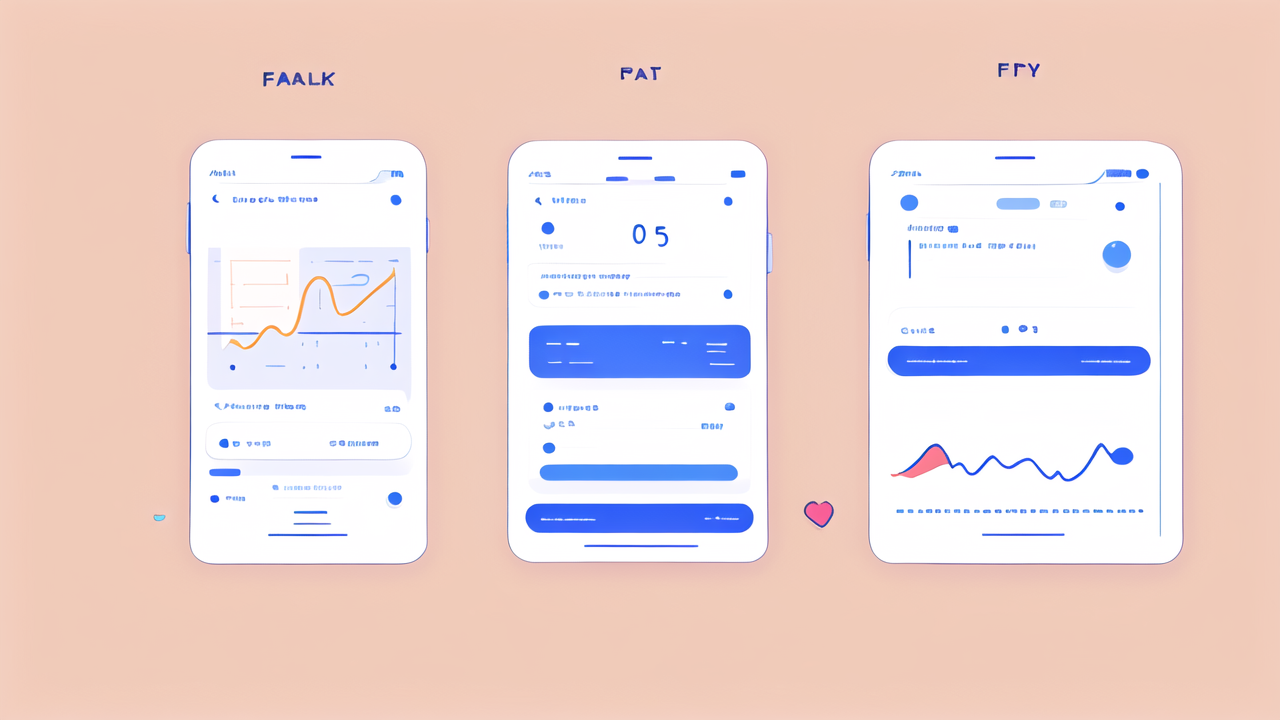Understanding the Role of Smart Watches in Fitness Regimens
The Evolution of Fitness Wearables in the United States
Fitness wearables have come a long way in the US. They started as simple step counters. Now, they're high-tech devices that track various health metrics. The first popular fitness tracker was the Fitbit, launched in 2009. It only counted steps and tracked sleep. Today's smart watches do much more. They monitor heart rate, GPS location, and even analyze workout quality. The Apple Watch, released in 2015, changed the game. It combined fitness tracking with smartphone features. This sparked a new era of multifunctional wearables. Now, many brands offer advanced fitness tracking. The market has grown rapidly, with millions of Americans using these devices daily.

Key Metrics to Track When Exercising
Smart watches can track many metrics during workouts. Here are the most important ones:
- Heart rate: Helps gauge workout intensity and recovery
- Calories burned: Useful for weight management goals
- Distance covered: Important for running or cycling
- Steps taken: A basic measure of daily activity
- Active minutes: Shows time spent in moderate to intense activity
- Sleep quality: Affects recovery and overall fitness
- VO2 max: Indicates cardiovascular fitness level
Tracking these metrics can help users understand their fitness progress. It allows for more targeted and effective workouts. Some watches also track more advanced data like blood oxygen levels and stress scores.
The Impact of Smart Watches on Exercise Adherence
Smart watches have greatly improved exercise adherence. They provide constant reminders and motivation. Users can set daily goals and receive alerts to move more. The devices gamify fitness, making it more engaging. Many watches have social features, allowing users to compete with friends. This adds a fun, competitive element to workouts. Smart watches also provide visual representations of progress. Seeing improvements in data can be very motivating. Studies show that people who use fitness trackers tend to be more active. They often increase their daily step count and exercise more regularly. The constant feedback helps users stay accountable to their fitness goals.
Selecting the Right Smart Watch for Body Tracking
Criteria for Choosing a Fitness-Oriented Smartwatch
When choosing a fitness-oriented smartwatch, consider these factors:

- Accuracy of sensors: Ensure heart rate and GPS tracking are reliable
- Battery life: Longer battery life is crucial for all-day tracking
- Water resistance: Important for swimmers or those who sweat a lot
- Compatibility: Check if it works with your smartphone
- Display: Easy to read in various lighting conditions
- Comfort: Should be comfortable for all-day wear
- Features: Look for features that match your fitness goals
- Price: Balance features with your budget
Also, consider the watch's durability and the quality of its companion app. A good app can make data analysis much easier. Some watches offer advanced features like ECG monitoring or sleep apnea detection. Think about which features are most important for your fitness journey.
Comparison: Popular Smart Watches for Health and Fitness
Here's a brief comparison of popular fitness-focused smart watches:
- Apple Watch Series 7:
- Pros: Comprehensive health features, large display, ECG capability
- Cons: Short battery life, only works with iPhones
- Fitbit Sense:
- Pros: Stress management tools, long battery life, skin temperature sensor
- Cons: Smaller app ecosystem, less robust smartwatch features
- Garmin Fenix 7:
- Pros: Excellent for outdoor activities, long battery life, rugged design
- Cons: Expensive, can be bulky for some users
- Samsung Galaxy Watch 4:
- Pros: Body composition analysis, good integration with Android phones
- Cons: Battery life could be better, limited iOS compatibility
- Whoop Strap 4.0:
- Pros: Focuses on recovery and strain, subscription model
- Cons: No display, limited smartwatch features
Choose based on your specific needs and preferences.
How to Ensure Accuracy in Body Tracking
To ensure accuracy in body tracking:
- Wear the watch correctly: Follow manufacturer guidelines for placement
- Keep it clean: Dirt can interfere with sensors
- Update regularly: Software updates often improve accuracy
- Calibrate when needed: Some watches allow manual calibration
- Be consistent: Wear it the same way each time for comparable data
- Use in conjunction with other tools: Compare with gym equipment occasionally
- Understand limitations: No wearable is 100% accurate all the time
Remember, these devices provide estimates. They're tools for tracking trends, not medical-grade equipment. If you notice major discrepancies, consult the manufacturer's support team. Sometimes, a reset or re-pairing with your phone can solve issues. For the most accurate results, combine smartwatch data with other health metrics.
Leveraging Smart Watches and Body Trackers for Enhanced Results
Integrating Smart Technology into Training Programs
Smart watches can greatly enhance training programs. Here's how to integrate them effectively:

- Set personalized goals: Use the watch to set and track specific fitness targets
- Monitor intensity: Use heart rate zones to ensure proper workout intensity
- Track progress: Regularly review data to see improvements over time
- Plan rest days: Use recovery metrics to avoid overtraining
- Adjust workouts: Modify exercises based on performance data
- Use guided workouts: Many watches offer built-in workout plans
- Sync with other apps: Connect your watch to nutrition or training apps
Remember to use the data as a guide, not a strict rule. Listen to your body and adjust as needed. Smart watches can provide valuable insights, but they shouldn't replace professional advice.
Advanced Features and Their Benefits
Modern smart watches offer advanced features that can boost your fitness journey:
- ECG monitoring: Helps detect irregular heart rhythms
- Blood oxygen measurement: Useful for high-altitude training
- Stress tracking: Aids in managing overall well-being
- Sleep analysis: Improves recovery by optimizing sleep habits
- Body composition analysis: Tracks changes in muscle and fat percentages
- Running dynamics: Provides detailed data on running form and efficiency
- Recovery time recommendations: Helps prevent overtraining
These features can provide a more comprehensive view of your health. They allow for more targeted training and recovery strategies. However, it's important to understand how to interpret this data correctly. Consult with fitness professionals to make the most of these advanced features.
Case Studies: Success Stories from the Fitness Community
Many people have achieved fitness goals with the help of smart watches. Here are a few examples:
- Sarah, 35: Lost 30 pounds by consistently hitting her daily step goal
- Mike, 42: Improved his marathon time by using heart rate zone training
- Lisa, 28: Managed her stress levels better with mindfulness reminders
- Tom, 50: Detected an irregular heart rhythm early thanks to ECG feature
- Emma, 31: Enhanced her sleep quality by following her watch's suggestions
These stories show the potential of smart watches in various fitness journeys. They highlight how data-driven insights can lead to real-world results. Remember, the key is consistency and using the data to make informed decisions. Smart watches are tools that can guide and motivate, but success still requires personal effort and dedication.




Leave a comment
This site is protected by hCaptcha and the hCaptcha Privacy Policy and Terms of Service apply.